
CLICK IMAGE TO PLAY VIDEO
TRANSCRIPT FROM THE VIDEO:
Today I want to talk about something that prevents millions of us from enjoying the changing of the seasons and not just those of us with Bipolar Disorder. It’s normal for life to slow down a little in the winter, but how do we know if it’s more than just a “seasonal slump?” I’ve spent decades myself dreading winter and the holidays. It felt like everything in my life turned to crap this time of year while everyone else was celebrating. This frustrating “emotional hibernation” usually lasted for several months and it was really hard on those who had to be around me. I know I have Bipolar Disorder, but these episodes weren’t as random as others were. I ALWAYS got depressed in the winter, and then hypomanic in the springtime. After years of noticing this predictable pattern, I finally came across an article talking about “Seasonal Affective Disorder” or “SAD.” Now I know – it feels like there’s a diagnosis or disorder for everything, but keep in mind that these are just words that help us relate and connect with others who might share the same experience. It’s not an identity by any means and doesn’t mean that something is inherently “wrong with you.”
Seasonal Affective Disorder is basically a type of seasonal-related depression that happens at the same time each year. The symptoms (which I’ll talk more about) are very similar to clinical depression. It impacts millions of people with AND WITHOUT Bipolar Disorder. Sadly, women are 4 times more likely than men to be diagnosed with Seasonal Affective Disorder. The average age that symptoms start to show up is around 18-30, however, children can suffer from it too. Most people who experience Seasonal Affective Disorder will get depressed during the fall and winter months. These feelings typically pass by the springtime. Notice how I said “most people” and “typically.” There’s always exceptions – especially if there’s something else going on like Bipolar Disorder, substance abuse, or a major triggering event. Bipolar is like a giant magnifying glass for our emotions and the way we experience life. Instead of just getting depressed in the winter, we might get suicidal and need hospitalization. While most people may pull out of their depression and start to feel better in the spring, those of us with Bipolar might swing all the way into a manic episode. For me personally, the severity of my spring mania eventually leads to a nasty depressive crash this time of year too. Bipolar episodes are a lot like a trampoline… The higher I go up, the farther I have to fall back down.
A common misconception people have is that SAD is a “milder form of major depression.” This is not the case, as many of you know how bad the depression can get. SAD is what’s known as a “course specifier” – which is basically a fancy word to get more specific with a diagnosis. For example, I experience rapid-cycling Bipolar Disorder. “Rapid cycling” is a course-specifier that helps narrow down the way I experience my Bipolar symptoms. It doesn’t mean that my type of Bipolar is less severe than others. “Seasonal Affective Disorder” is just a sub-catagory to show that the symptoms are seasonally-related. That’s all. Having this course-specifier added to your diagnosis helps doctors to make treatment adjustments during the problematic times of the year. In order to be diagnosed with Seasonal Affective Disorder, you must meet the full criteria for major depression – coinciding with specific seasons, for at least 2 years. The Seasonal depressions must occur more frequently than any non-seasonal-related depressions.
Let’s go over some of the common signs & symptoms of Seasonal Affective Disorder, and then I’ll talk about several different ways to treat it. I’ll start with common fall and winter-related symptoms first… In the winter months, most people will experience classic symptoms of depression. This includes withdrawing socially or isolating, losing interest in activities that you usually enjoy, having little or no energy, difficulty concentrating, and even having frequent thoughts of death or suicide. The timing of this with holiday obligations can create a lot of additional stress and disappointment. Not just for us, but for those who depended on us.. We might be suffering inside too much to enjoy the winter festivities – which confuses people who don’t understand our struggles. I’ve bailed on holiday plans many times – only to feel pressured, guilty and even resentful that I couldn’t enjoy the same things as everyone else.
Another common sign of winter S.A.D is sleep problems. Sleep is literally one of my BEST indicators that something isn’t right. I ALWAYS sleep more when I’m depressed, and sleep much less when I’m experiencing mania. It’s like clockwork. With Seasonal Affective Disorder, I’ll find myself oversleeping most of the time in the winter months – where it even feels “painful” to get up in the morning. It’s common for me to sleep in excess of 10 hours a day and still feel tired during the day.
Another symptom that people don’t discuss a lot is a decrease in libido or sexual desire during the winter months. I’ve had partners wonder if I was cheating on them, or if I just wasn’t attracted to them anymore because of such a drastic change in my desire. Forcing intimacy when I’m depressed is like eating more food when I’m painfully full. It turns something beautiful into something very uncomfortable. Getting a proper diagnosis helped so much with bridging the gap of understanding between my partner and I. We finally had a word for the behavior that confused us for so many years.
Before I had any type of diagnosis, I would cope with many of these symptoms by self-medicating. As my symptoms increased or decreased with the changing of the seasons, so did my cycle of substance abuse. My partners and family could see this pattern, but none of us knew how directly related it was to seasonal changes. Once I started treating my disorder FIRST, the desire I had to escape was minimized – therefore dramatically reducing my substance abuse. It’s like having a thorn in your foot… You can come up with all these temporary ways to walk differently, OR, you can spend the time to just remove the thorn.
The last winter-related symptom I’ll mention is changes in diet. Many of us will experience diet or weight changes that aren’t entirely the result of Thanksgiving dinner. I typically crave carbohydrates a LOT more in the winter months and end up gaining weight as a result. Weight gain impacts my self-esteem which in turn becomes a trigger for my depression, so it’s all very connected.
I think we’ve done a pretty good job of covering winter-related symptoms of Seasonal Affective Disorder, so now let’s jump into some of the summer-related symptoms. These are basically like the polar opposite of what we go through in the winter months… It’s common to have a poor appetite and lose weight during the summer months. We might experience insomnia where sleep is very fragmented instead of oversleeping. Many of us are more susceptible to anxiety, agitation, and restlessness this time of year. Our sexual desire and libido might change drastically in the summer months – especially if we struggle with hypersexuality. I have rapid-cycling Bipolar Disorder myself and I’ve noticed that I cycle much faster in the spring and summer months.
So what causes Seasonal Affective Disorder in the first place? Medical experts are still working on that one, but studies are pointing to a few different factors. One being a reduced level of serotonin production in the winter months. Serotonin is a neurotransmitter which plays a key roll in our moods. It binds to a specific protein to travel throughout the body. In the winter months, levels of this protein typically drop to protect us against seasonal environmental stresses, however, studies are showing that people with Seasonal Affective Disorder do not experience a decrease in serotonin transporter levels during the winter. Another contributing factor has to do with melatonin levels. Melatonin is a hormone that helps us regulate sleep and mood. Reduced exposure to sunlight during the shorter winter days can disrupt our production of melatonin. I always joke around with friends and tell them that “I’m solar powered.” There’s some truth to that… Our body also produces vitamin D after being exposed to sunlight. Getting less sun in the winter months, and more in the summer, could partially explain why we have these seasonal cycles in our moods. The combination of neurotransmitter, hormonal, and vitamin levels changing is going to have an impact. Some of us are at greater risk than others.
Speaking of risk-factors, I already mentioned how women are 4 times more likely to be diagnosed with Seasonal Affective Disorder than men. This might be due to the overall prevalence of depression among women. Considering daylight is a factor, people who live farther from the equator are at a higher risk of developing the disorder. If you live somewhere like Alaska, or where the days are much shorter in the winter, this can increase the chances of suffering from Seasonal Affective Disorder. For example, only about 1% of people in Florida suffer from S.A.D compared to around 9% of people in Alaska! Another major factor is family history… If your close relatives suffer from depression or other mental health issues, it increases the risk of experiencing S.A.D. If you have a personal history of depression or have Bipolar Disorder like myself, this also greatly increases the chances of seasonal struggles. The last risk factor I’ll mention is age. According to the National Institute of Mental Health, younger adults are at a higher risk of S.A.D than older adults.
So now that we’ve covered a lot about Seasonal Affective Disorder, let’s talk about ways to treat it. The first line of defense and the most common form of treatment is medication. For most people, doctors will prescribe common antidepressants known as SSRI’s to treat symptoms. The right medication can be truly life-changing… Like a breath of fresh air for the first time in years. The wrong medication however, can exacerbate symptoms or cause uncomfortable side-effects. I encourage everyone to approach treatment with realistic expectations. Finding the right med is NOT an exact science. It can take time. Know this. Accept this. If you don’t, it can just lead to a lot of disappointment or holistically quitting treatment all together. Also, if a medication isn’t working out, consider adjusting the dose first before you give up on the medication completely. Sometimes it’s just a dosage issue, and not so much the medication itself. Now my channel is primarily dedicated to Bipolar Disorder so I need to mention something very important here. If you have Bipolar Disorder and you take an antidepressant like an SSRI to treat Seasonal Affective Disorder, it could cause the Bipolar mania to skyrocket. SSRI’s can be very problematic for those of us with Bipolar Disorder. Keep this in mind as you talk to your doctor about medication options. There are many different ways to approach treating Seasonal Affective Disorder, so don’t give up! The last important thing I want to mention about meds is how adjustments might be needed in the spring and fall. I can’t take the same dose of meds year round and stay stable. I need a little extra protection from depression in the winter, and some extra help treating mania in the springtime. These adjustments are crucial to my emotional balance. It’s like the air-conditioner in my car… I need tiny adjustments to stay comfortable in my changing environment and that’s ok.
Another popular treatment for Seasonal Affective Disorder is light therapy. This involves sitting in front of a light box – first thing in the morning – for around 20-60 minutes every day. Light therapy uses bright, artificial light to simulate the sun during the fall and winter months. It won’t give you a tan, but your brain will surly appreciate it. Most commercial lightboxes provide around 10,000 lux of cool-white light. They are about 20 times brighter than standard indoor lighting and you can get one for around $50. Light therapy has been very effective for me personally, so I invested in some light therapy glasses by a company called Pegasi. I can walk around and multitask while I’m wearing them which works well for my busy lifestyle. Now again, my channel is dedicated to Bipolar Disorder so I need to mention something important here. Light therapy can trigger manic episodes for some people. This is partly why I only use mine in the fall and winter months. Be very careful of this if you have Bipolar Disorder. Ideally, you should always talk to your doctor before you add light therapy to your wellness program.
In addition to meds and light-boxes, another very successful treatment approach involves Cognitive Behavioral Therapy or CBT. CBT helps us to monitor and control our reactions to certain situations and environments more successfully. If we can change the way we perceive events, eventually we can change our behavior as well. CBT is also a very effective approach for coping with Bipolar Disorder symptoms. I’m a huge fan of CBT and several of the videos on my channel utilize CBT techniques.
So for the last part of this video, I’d like to offer some general tips for managing Seasonal Affective Disorder. First and foremost is to keep some kind of mood chart or journal. I know it isn’t “fun” to track your moods, but I can’t emphasize how important this is. It will give you and your doctor some invaluable information like when your Seasonal-related symptoms start, how long they last, if treatment is working or not, and help determine if med adjustments are needed. There is a neat phone app I use called E-Moods to track my symptoms. It only takes a few seconds to input my mood and I have an alarm set on my phone to remind me to do it each day. If you have a hard time committing, ask a family member or a loved one to help.
The next important tip is to maintain a consistent sleep schedule. S.A.D causes sleep disturbances and disrupts our circadian rhythm. Sleep is like air and water for those of us with Bipolar Disorder. If you aren’t sleeping enough or you are sleeping too much, talk to a doctor ASAP.
Next tip is to spend time outdoors – first thing in the morning if possible. Have your coffee outside. If you are on the phone – go sit outside and talk. If the weather isn’t favorable, sit in front of a window and let the sunlight hit your eyes.
The last tip I’m going to throw out there is to be mindful of what you put in your body. The whole expression “you are what you eat” is even more important for those of us with mental health struggles. Craving carbs in the winter can lead to weight gain – which in turn can contribute to a negative outlook. Drinking alcohol is like bad-mood fuel. Slamming energy drinks is going to disrupt everything. Let food be literally part of your medicine. Approach it like a medication. It has to be taken on time, 3 times a day. I know a lot of this is common sense, but it really comes down to your desire to not suffer anymore. What are you willing to do to feel better – and not just for you… It’s for everyone who lives with and cares about you as well.
Wow – we have covered A LOT of information about Seasonal Affective Disorder in this video. I really hope that this video helps some of you navigate through the tough times of the year a little easier. I know how hard this stuff can be, as I live with it myself. If my videos are making a positive impact in your life, please show your support by joining our Patreon Community. Polar Warriors would not exist without viewer support, and we need your help to keep a good thing going. Your donations are literally saving lives and I’m beyond grateful to have the opportunity to help others.
Stay well Warriors and I’ll be back soon with more Polar Warrior videos.
“It’s normal for life to slow down a little in the winter, but how do we know if it’s more than just a seasonal slump?”
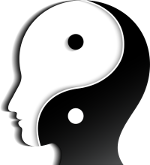 WELCOME TO POLAR WARRIORS: If this is your first time visiting my website or channel, welcome to “the Polar Warrior experience!” My channel is completely dedicated to helping individuals, families, and friends who struggle with, or know someone living with Bipolar Disorder. My goal is to provide actual Bipolar tools and to discuss topics which can potentially help “Polar Warriors” grow to live a more balanced, peaceful, and fulfilling life.
WELCOME TO POLAR WARRIORS: If this is your first time visiting my website or channel, welcome to “the Polar Warrior experience!” My channel is completely dedicated to helping individuals, families, and friends who struggle with, or know someone living with Bipolar Disorder. My goal is to provide actual Bipolar tools and to discuss topics which can potentially help “Polar Warriors” grow to live a more balanced, peaceful, and fulfilling life.
Want MORE From Polar Warriors…
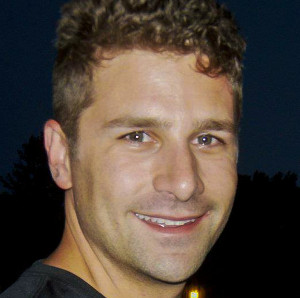
“We couldn’t do this without the support of those who believe in what we’re doing. Please help Polar Warriors reach more people by sharing about us on Social Media or by donating. Together we can save lives.”


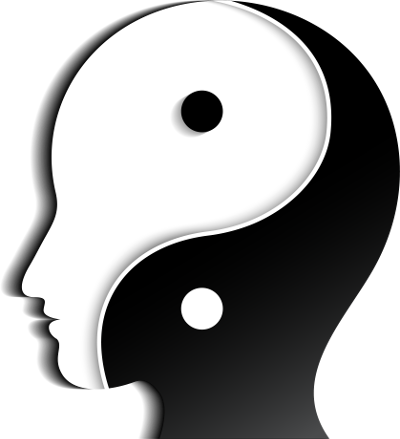


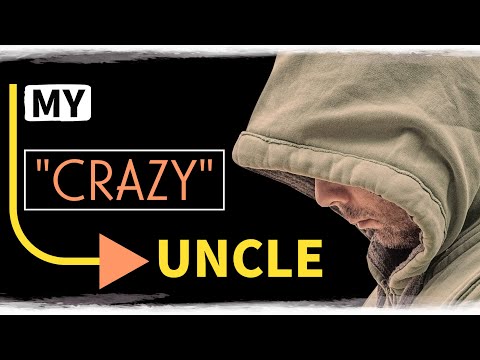

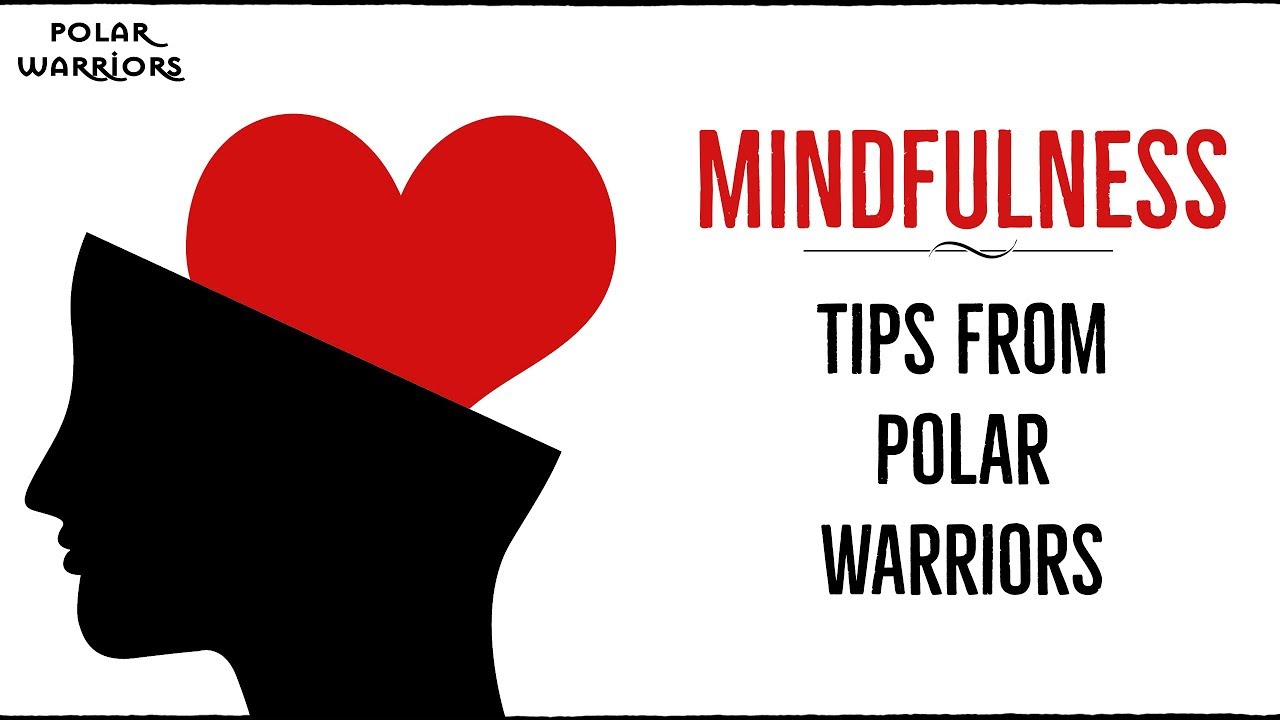

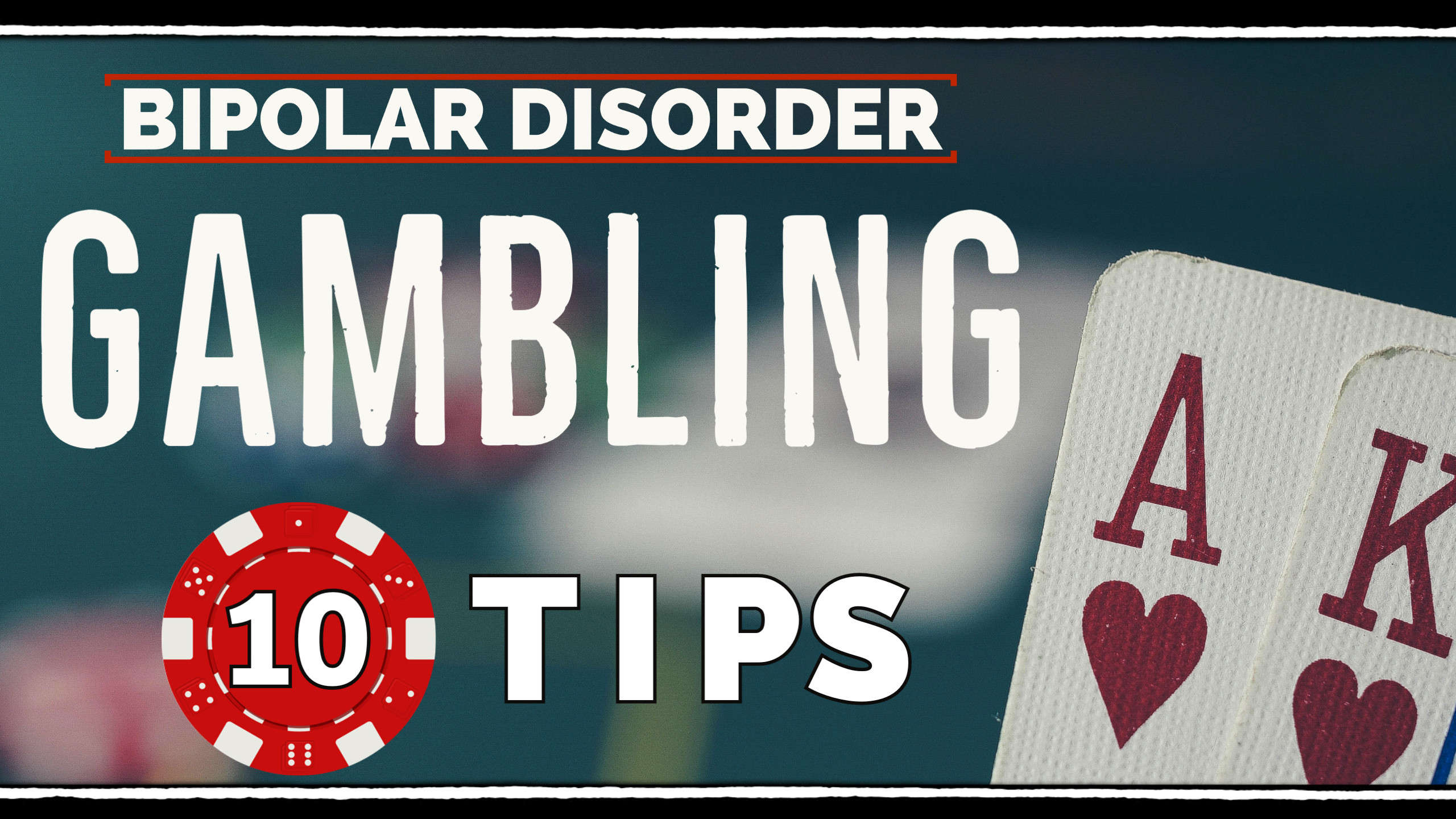

Leave A Comment